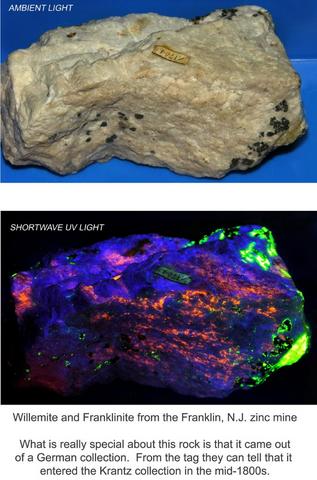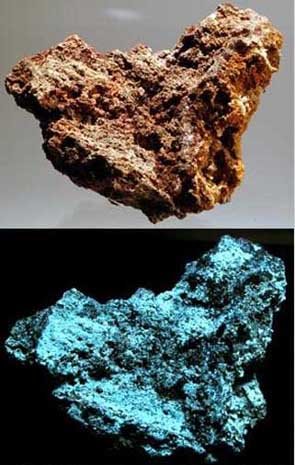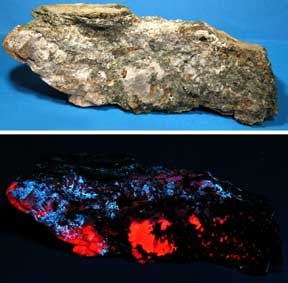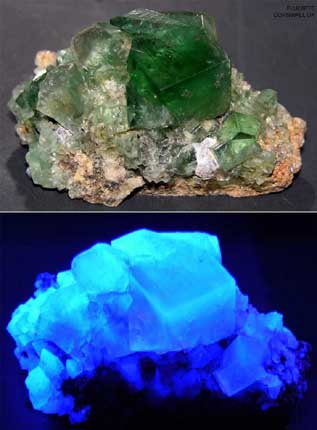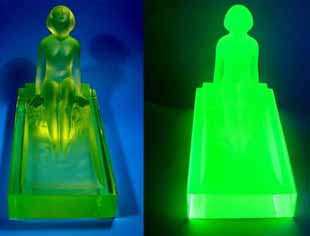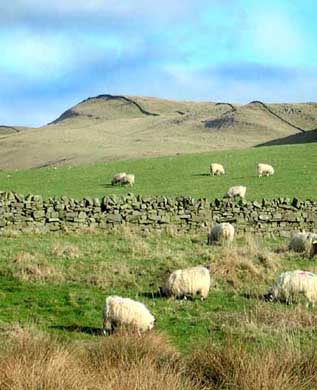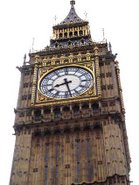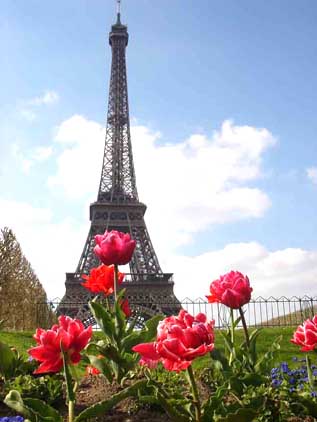DX Format Digital SLRs vs FX Format
In digital photography, the larger your CCD or CMOS sensor is the bigger and heavier your lenses need to be. So with the teeny, tiny sensors used in most point and shoot cameras the manufacturers can build heavy duty zoom lenses  which are quite small and lightweight.
which are quite small and lightweight.
I’ve owned and used many different brands of digital cameras, but for the last few years I have narrowed in on the Nikon brand. They call the full size sensor (about the size of a 35mm negative) an FX, and the cameras which have a little bit smaller sensor are referred to as a DX format.
Comparing the Nikon D300 which has a DX sized CMOS sensor (15.8 x 23.6mm) making 12.3 megapixel photos to the Nikon D700 which has the larger FX sized sensor (23.9 x 36mm) generating 12.1 megapixel photos you can’t see any real or significant difference in resolution even when printing extremely large pictures. I have seen several direct comparisons of the two cameras, and honestly I just can’t see any improvement from the larger sized sensor.
In evaluating your lenses what you do find is that DX lenses are MUCH lighter to carry around. This weight difference is meaningful. A 300mm focal length lens used on a DX acts just like a 450 mm lens too. So in almost all situations where you are moving around (not in a studio with the camera on a tripod) the DX format is vastly preferable. This is certainly true if you are shooting telephoto shots of wildlife.
If you are interested in getting better resolution I recommend that instead of going to an FX camera and lens you simply begin shooting in raw format, 14 bit depth. The difference between this format and high resolution JPEG is just phenomenal.
-
-
-
-
-
-
-
-
-
-
 which are quite small and lightweight.
which are quite small and lightweight.I’ve owned and used many different brands of digital cameras, but for the last few years I have narrowed in on the Nikon brand. They call the full size sensor (about the size of a 35mm negative) an FX, and the cameras which have a little bit smaller sensor are referred to as a DX format.
Comparing the Nikon D300 which has a DX sized CMOS sensor (15.8 x 23.6mm) making 12.3 megapixel photos to the Nikon D700 which has the larger FX sized sensor (23.9 x 36mm) generating 12.1 megapixel photos you can’t see any real or significant difference in resolution even when printing extremely large pictures. I have seen several direct comparisons of the two cameras, and honestly I just can’t see any improvement from the larger sized sensor.
In evaluating your lenses what you do find is that DX lenses are MUCH lighter to carry around. This weight difference is meaningful. A 300mm focal length lens used on a DX acts just like a 450 mm lens too. So in almost all situations where you are moving around (not in a studio with the camera on a tripod) the DX format is vastly preferable. This is certainly true if you are shooting telephoto shots of wildlife.
If you are interested in getting better resolution I recommend that instead of going to an FX camera and lens you simply begin shooting in raw format, 14 bit depth. The difference between this format and high resolution JPEG is just phenomenal.
-
-
-
-
-
-
-
-
-
-




